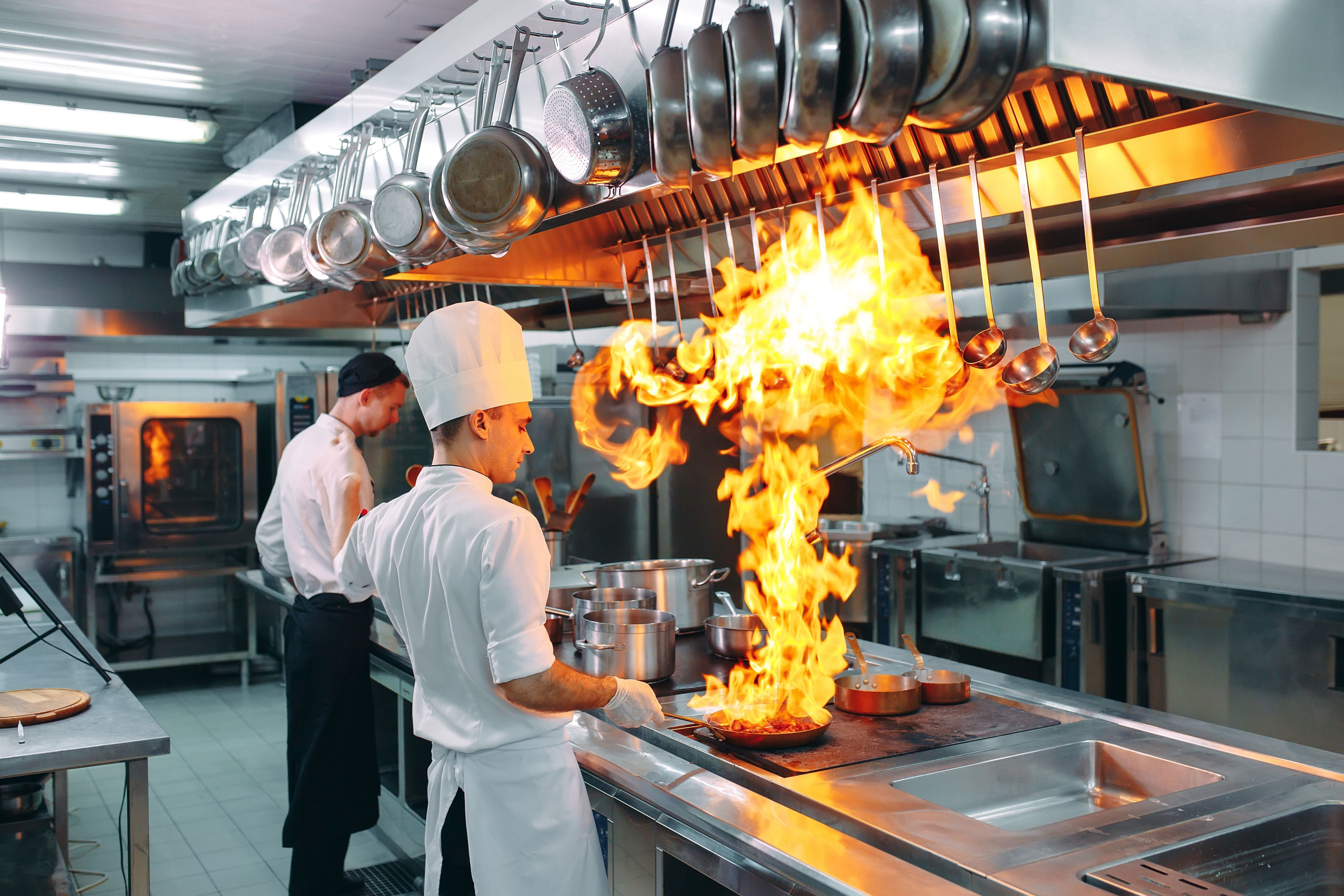Suppose you’re planning to open a restaurant or operate a commercial kitchen. In that case, it is essential to familiarize yourself with the National Fire Protection Association (NFPA) lists the life safety requirements for restaurants. The NFPA’s 101 Life Safety Code provides the minimum standards to ensure a reasonable degree of safety for building occupants and structures in the event of a fire.
While a good portion of the code pertains to egress, recognizing that safety is not only about escape, the NFPA includes requirements that are intended to minimize the danger of exposure to a fire’s heat, smoke, and toxic gasses and provide time for occupants to get out of a building or space. These requirements will be based on your building’s occupancy load, including customers and employees.
Fire Protection Equipment Restaurants Should Have
For restaurants and commercial kitchens, fire protection equipment is essential to the safety of people and structures. In Chapter 9 of the Life Safety Code, descriptions of fire protection equipment restaurants should have been explicitly explained. The safety of the occupants of a building depends on early warning in the event of a fire. Early warning equipment such as audible and visible fire alarms and emergency exit lighting is critical to accomplishing a safe exit when a fire is detected.
Life-Saving Kitchen Fire Suppression Systems
Kitchen fire suppression systems provide the foundation for fire safety in your commercial kitchen, where the risk of fire is the greatest. According to the NFPA, automatic fire suppression systems and equipment are required in all commercial kitchens. The equipment is necessary for exhaust duct systems, grease removal devices, hood exhaust plenums, and any cooking equipment that produces grease-laden vapors.
Wet chemical fire suppression systems are most typically used in modern restaurants and commercial kitchens as an effective tool for managing fires. These systems extinguish fires by spraying a chemical agent that reacts to fats commonly found in greases used in cooking. Wet chemical fire suppression systems are also connected to gas supply lines that, when activated, interrupt the gas supply to the cooking surfaces as an additional safety measure.
Commercial Kitchen Ventilation Systems
Commercial kitchen ventilation systems are designed to work with fire suppression systems. The ventilation system in your commercial kitchen should meet at least the minimum requirement outlined by the NFPA. A fire suppression system must be installed inside the hoods above the kitchen’s cooking equipment. This system is intended to quickly douse fires caused by flammable, grease-laden vapors before spreading to the rest of the kitchen.
Portable Fire Extinguishers Needed In Your Commercial Kitchen
The NFPA requires portable fire extinguishers to extinguish certain types of fires based on their classifications. Class K fire extinguishers are designed to extinguish fires involving oils, grease, and fats that burn at high temperatures. Class K extinguishers can also be combined with Classes A, B, and C extinguishers designed to manage fires involving other materials such as wood, fiber, etc. Employees should be trained to use fire extinguishers in the restaurant and commercial kitchen and all units should be inspected monthly to ensure they are in proper working condition.
Final Thoughts
Regarding life safety equipment in your restaurant or commercial kitchen, fire prevention, detection, and suppression are critical components. To ensure you have a safe space to operate your business, consult with a fire protection service that can install and maintain the fire suppression systems in your commercial kitchen.

